Off the north coast of Alaska in the Beaufort Sea, the Sun won’t make its appearance until roughly nine in the morning, its edge arcing over the horizon where a spill of puffy clouds briefly hides its emerging face.
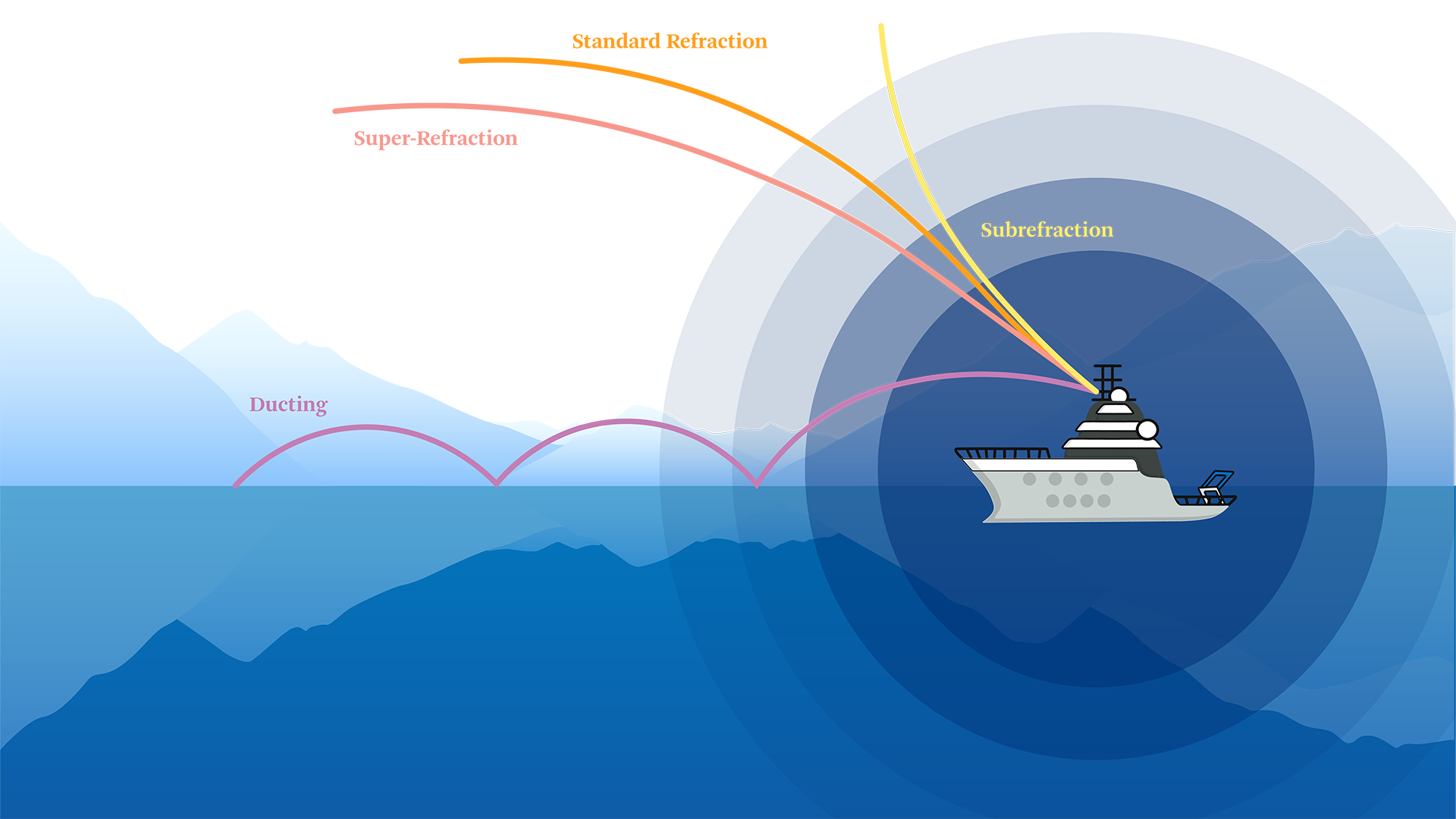
news, journals and articles from all over the world.

Off the north coast of Alaska in the Beaufort Sea, the Sun won’t make its appearance until roughly nine in the morning, its edge arcing over the horizon where a spill of puffy clouds briefly hides its emerging face.
The Biden administration has greenlighted ConocoPhillips’ controversial Willow oil drilling project in Alaska. But environmental groups will mount legal challenges to stop it, said University of Miami environmental legal expert Jessica Owley.
For the first time, researchers have developed a machine learning-based ensemble approach to quantify fire-induced thaw settlement across the entire Tanana Flats in Alaska, which encompasses more than 3 million acres. They linked airborne repeat lidar data to time-series Landsat products (satellite images) to delineate thaw settlement patterns across six large fires that have occurred since 2000. The six fires resulted in a loss of nearly 99,000 acres of evergreen forest from 2000 to 2014 among nearly 155,000 acres of fire-influenced forests with varying degrees of burn severity. This novel approach helped to explain about 65 percent of the variance in lidar-detected elevation change.
In the Arctic, plant community type strongly impacts how energy is exchanged between the land and atmosphere.
A research team that studied Juneau’s early response to the pandemic has identified a number of factors that helped the Alaskan capital mitigate COVID-19’s impact on residents.
Comparative physiologists studied how two aspects of climate change—warming temperatures and increasingly acidic waters—may affect the ecologically important Pacific blue mussel (Mytilus trossulus), a foundational species in the intertidal environments of the northern Pacific Ocean.
Wyoming voters rewarded Rep. Liz Cheney for her principled stand against former president Donald Trump by resoundingly voting for her opponent in yesterday’s GOP primary for the state’s lone House seat. Meanwhile in Alaska, another at-large House election featuring a…
A new study measured 38 years of change for glaciers in Kenai Fjords National Park, which lies south of Anchorage, and found that 13 of 19 glaciers show substantial retreat, four are relatively stable, and two have advanced. It also finds trends in which glacier types are disappearing fastest.
Cornell professor and collaborators collect data that could provide new insight into the mechanics of crustal faults and possibly help researchers understand and anticipate future earthquake clusters.
Using existing fish processing plants, kelp and fish waste can be converted to a diesel-like fuel to power generators or fishing boats in remote, coastal Alaska.
An 8.2-magnitude earthquake struck off the southern coast of Alaska on Wednesday night — the largest in the U.S. in decades. It caused shaking and tsunami warnings, forcing communities to seek shelter. Geoff Abers is chair of earth and atmospheric…
Top officials from the U.S. and China will meet in Anchorage on Thursday and Friday for the first high level summit after President Biden took office. The following Cornell University experts are available to discuss the political and economic implications…
A glacier that had held an Alaskan slope in place for centuries is melting, releasing the soil beneath in what can be described as a slow-motion landslide that could trigger a devastating tsunami, researchers say. In a study published last week, scientists offered some of the first measurements to quantify how the slope is falling there and modeled potential tsunamis.
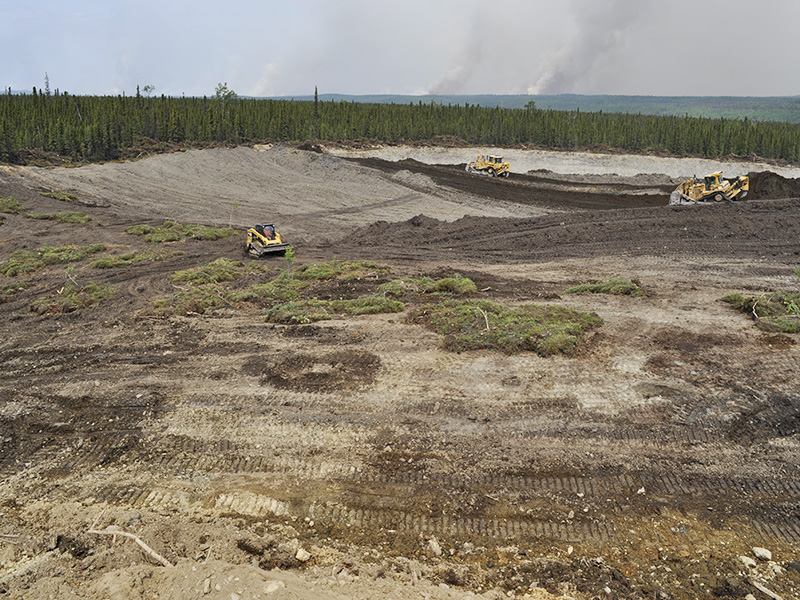
Protecting the permafrost after a record fire season
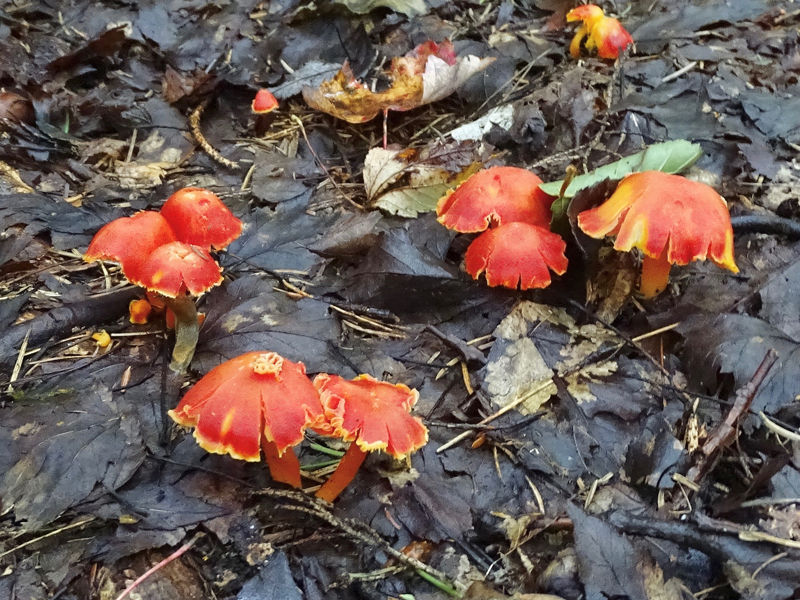
Research shows fungi may slow climate change by storing more carbon
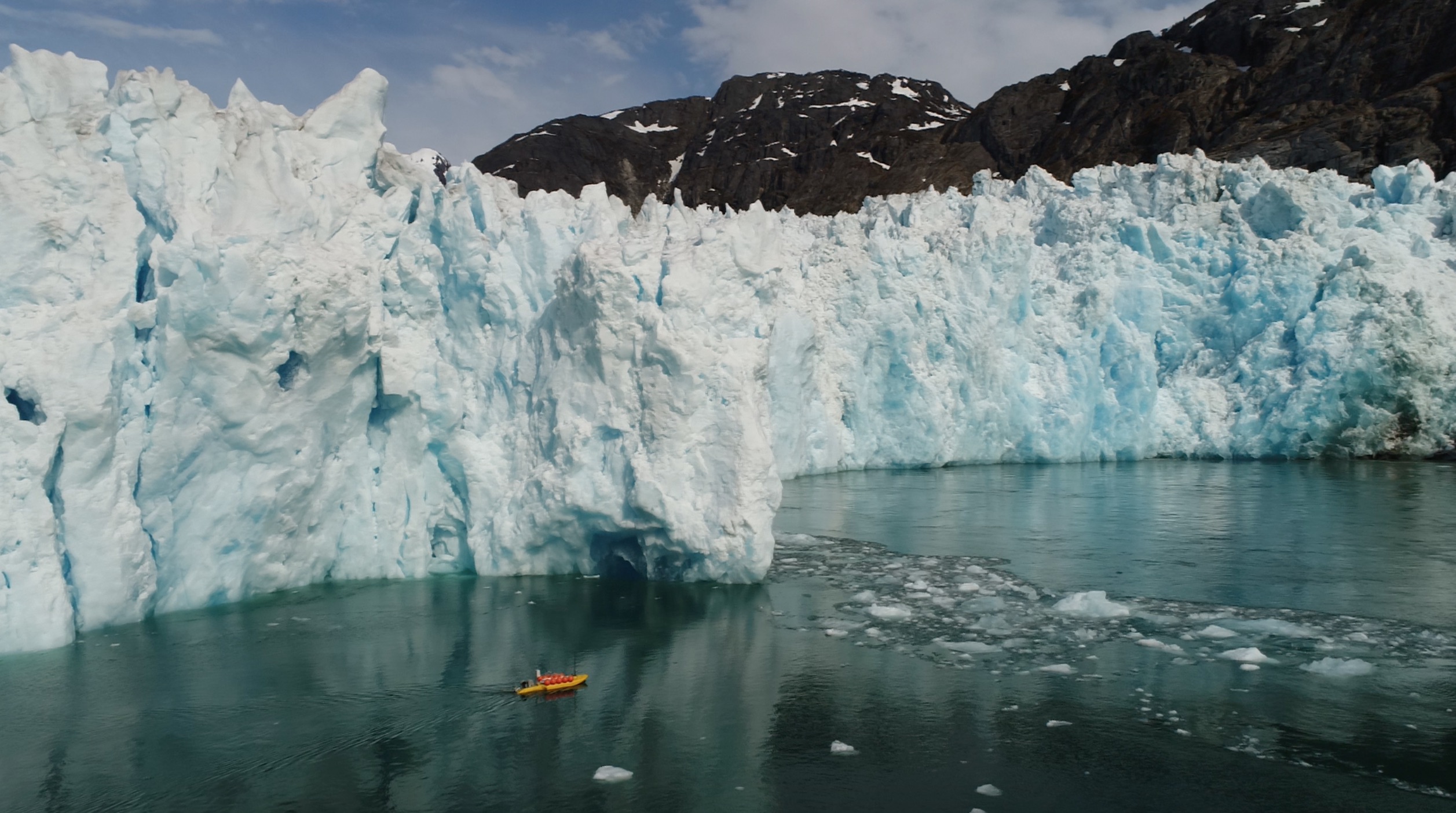
Tidewater glaciers, the massive rivers of ice that end in the ocean, may be melting underwater much faster than previously thought, according to a Rutgers co-authored study that used robotic kayaks. The findings, which challenge current frameworks for analyzing ocean-glacier interactions, have implications for the rest of the world’s tidewater glaciers, whose rapid retreat is contributing to sea-level rise.
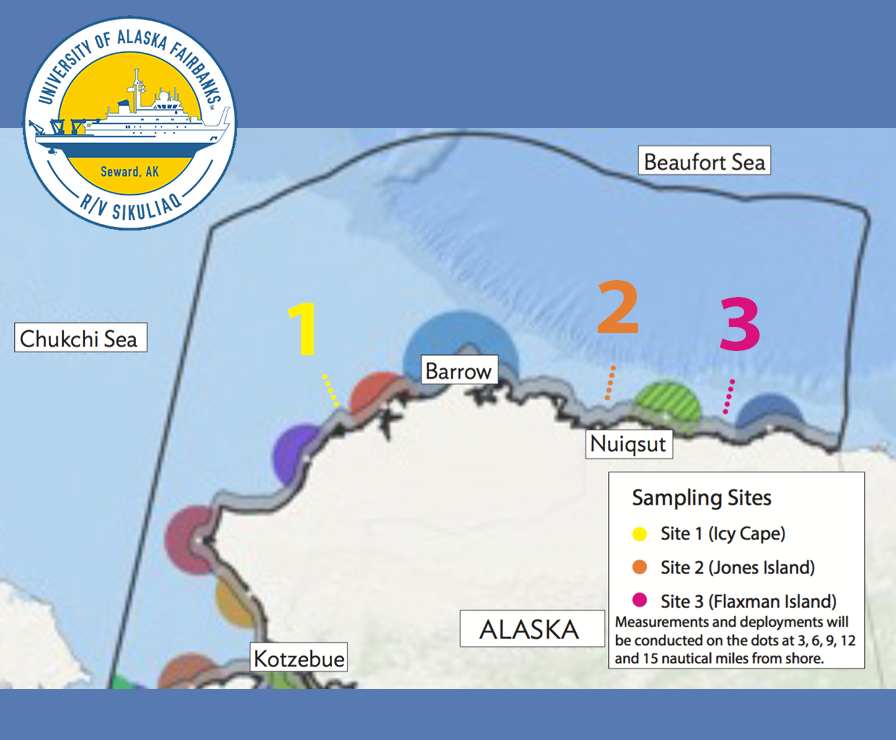
A University of Washington team is leaving to study how fall storms, dwindling sea ice and vulnerable coastlines might combine in a changing Arctic.